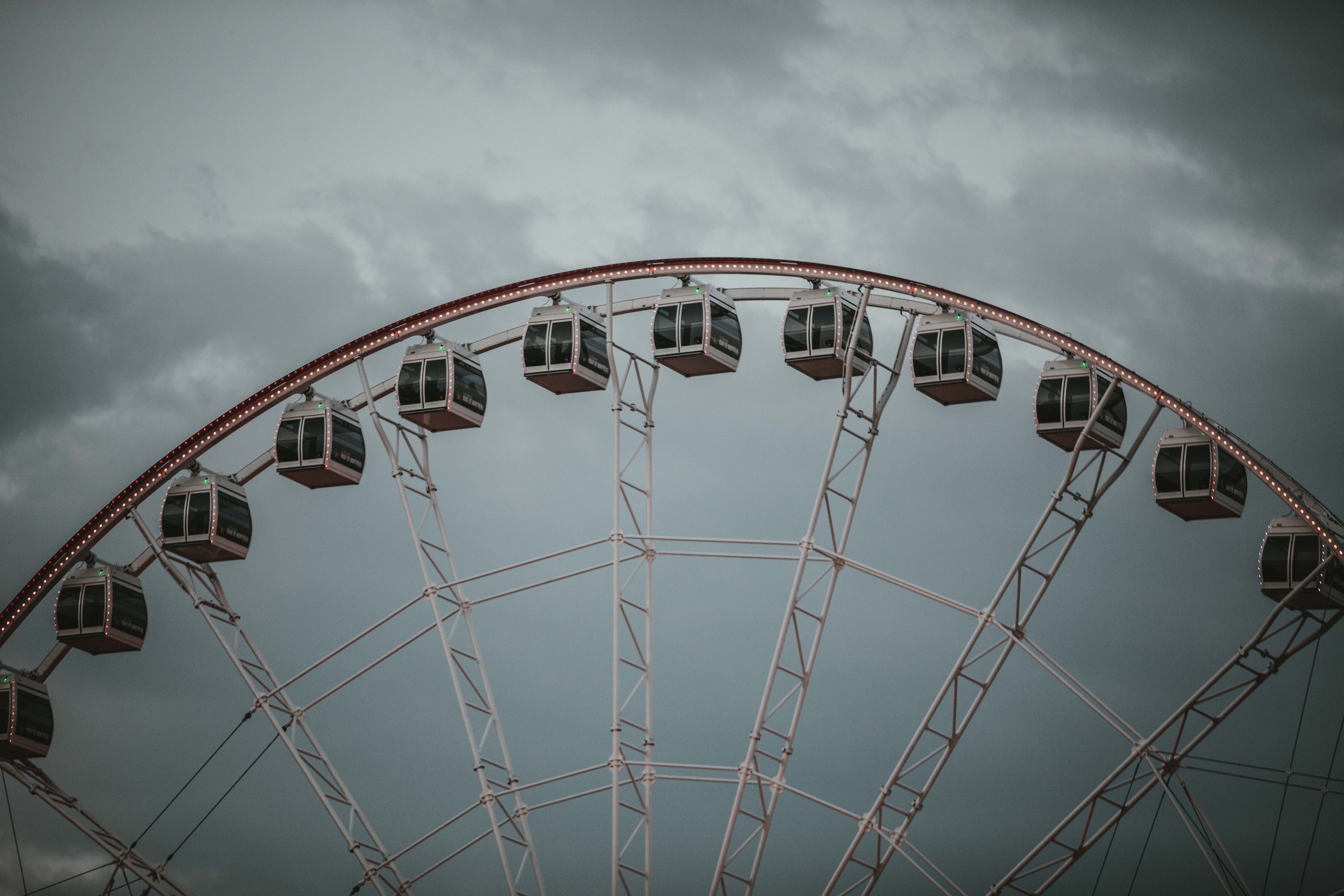
Solar panels
Solar panels are everywhere these days. Obviously they turn sunlight into electricity but how much energy they can produce is a little more complicated. The panels have a power rating, we use 440Wp panels for instance. Now you'd think that's what they generate when the sun is shining directly on them but that's not how it works in practice. Solar panel ratings are theoretical and roughly speaking specify what they would produce at the equator, at mid day if the panels were kept at 25°C. Bonkers right? That's why panel power is measured in Watts Peak (Wp).

Location and temperature
The further North from the equator you go, the less power the sun has, so being in the UK has already decreased the rated power. The stated 25°C is not ambient air temperature, that's the temperature of the actual panel surface and that can easily get up to around 80°C in the summer sun. Generally speaking, every 1°C over 25°C we go, we lose nearly 1% efficiency. That means full summer sun can actually be detrimental to generation!
It's not all doom and gloom though, for every 1°C below 25°C we get an efficiency boost of 1%. We have occasionally seen panels in full spring sunshine in freezing conditions generate MORE than their rating because of this. Bottom line is because of our location and local weather conditions you are unlikely to generate the manufacturers rating.

Position
There are simple things we can do to help with generation. Firstly we can point the panels in the right direction. The sun rises in the East, sets in the West and has an arc that leans to the South. By making sure the panels are pointing South, we can optimise the amount of sunlight they receive.
Solar panels also react badly to shade. Even a small shadow cast by leaves can be devastating to generation. We've seen production cut by 75% and when that happens, all the panels connected to the shaded one are affected. We use "split cell" panels which breaks up a large panel into sections which can be virtually "taken out the loop" to circumnavigate the issue.
Finally, bear in mind what the location will be like ALL year around. As the year rolls on the sun gets lower in the sky so be mindful of potential obstructions.

British weather
It doesn't have to be sunny for the panels to generate, overcast weather will still produce energy. Quite often panels suffering from shading will generate more on an overcast day because the diffuse light averages out over the panel area.
Rain and wind also have an effect on energy levels. Both can cool the panels down which increases their efficiency. Clearly rain infers less light but wind can be a huge help during sunny days.
Finally we sometimes experience the worst weather for solar and that's snow. Snow is remarkably good at stopping light, it doesn't take much to completely cover a panel and if left unchecked, weight can also become a real issue.

Over compensating
For any off-grid application the real sticking point, especially in the UK, is winter. With the combination of short days, low sun and the weather being more often cloudy than not, we end up with a generation shortfall. Whilst being careful how much energy you use during this time of year helps out, winter is generally when you need to use more not less!
To get around this we chuck more solar panels into the mix. The amount of solar supplied with an Ark is excessive during summer but comes into it's own during the winter months. As a general rule of thumb, the total power rating of the solar array can be expected to be made daily based on an average winters day. So a 1.8kWp array will make 1.8kWh in a day.

Life span
There's been a lot of articles online recently suggesting solar panels only last 25 years before they need to be replaced, this is nonsense. Whilst it's true solar panels degrade over time, an arbitary end of life figure has been attached to this. After 25 years the output of the panels will have dropped anywhere between 6 and 10% depending on your panel type. This rate is based on that magical equator scenario discussed earlier and, as the damage is largely caused by heat hardening the silicon, this is quite a bit lower in the UK.
As for reports the panels will end up in landfill, solar panels are over 75% glass and nearly 10% Aluminium, both of which are easily recycled. The rest is made up of plastic and silicon which can be recycled but requires a little more processing.
